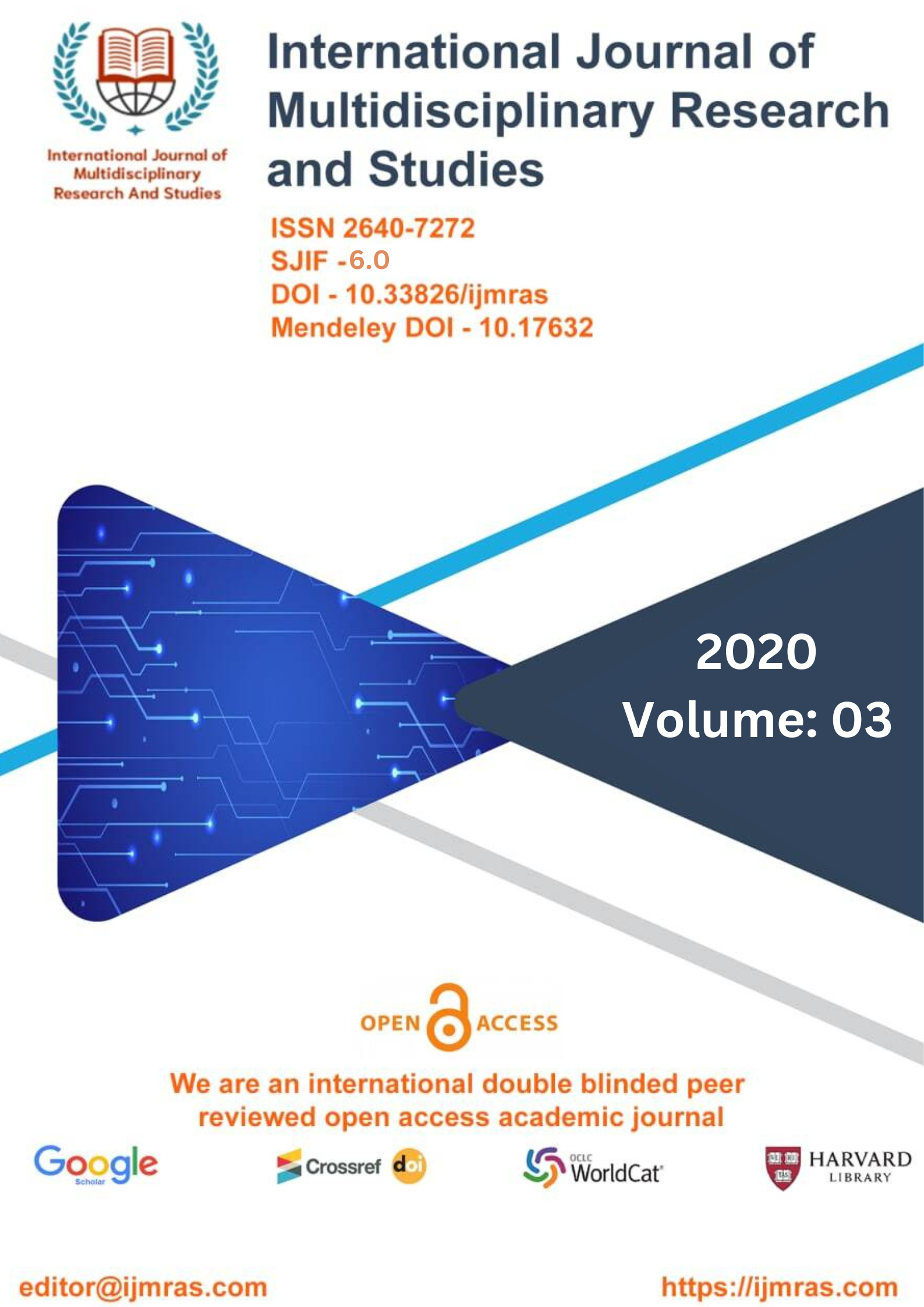ANTHROPOGENESIS DEFINATION, ZOOLOGICAL CONCEPTS

Abstract
The Economist declared “Welcome to the Anthropocene” on its front page, and in 2013 a well-received series of art exhibitions in Berlin explored “The Anthropocene Project.” The moods around these discussions range from alarm and urgency, through wistful nostalgia or pragmatic management, to optimistic grasping of opportunity. The Anthropocene has become a scientific and cultural zeitgeist, a charismatic mega-category emerging from and encapsulating elements of the spirit of our age. It may be a passing cultural fad or end up as something more enduring; it is used in different ways by different users, but it is undoubtedly a core aspect of contemporary thinking about the environment.
Keywords
Anthropogenesis, ZoologicalHow to Cite
References
Ahn, J., & Brook, E. J. (2007). Atmospheric CO2 and climate from 65 to 30 ka B.P. Geophysical Research Letters, 34, L10703. https://doi.org/10.1029/2007GL029551
Amundson, R., & Jenny, H. (1991). The place of humans in the state factor theory of ecosystems and their soils. Soil Science, 151, 99–109. Angus, I. (2016). Facing the Anthropocene: Fossil capitalism and the crisis of the Earth System (277 pp.). New York, NY: Monthly Review
Anthropocene Working Group. (2019). Retrieved from http://quaternary.stratigraphy.org/working-groups/anthropocene/
Arias-Maldonado, M. (2020). Bedrock or social construction? What Anthropocene science means for political theory. The Anthropocene Review, 7(2), 97–112. https://doi.org/10.1177/2053019619899536
Austin, G. (Ed.). (2017). Economic development and environmental history in the Anthropocene: Perspectives on Asia and Africa (320 pp). London, UK: Bloomsbury Academic.
Bancone, C. E. P., Turner, S. D., Ivar do Sul, J. A., & Rose, N. L. (2020). The palaeoecology of microplastic accumulation. Frontiers in Envi- ronmental Science, 8, 574008. https://doi.org/10.3389/fenvs.2020.574008
Bauer, A. M., & Ellis, E. C. (2018). The Anthropocene divide: Obscuring understanding of social–environmental change. Current Anthro- pology, 59, 209–227. https://doi.org/10.1086/697198
Beeson, M. (2010). The coming of environmental authoritarianism. Environmental Politics, 19(2), 276–294. https://doi.org/10.1080/09644010903576918
Berners-Lee, M. (2019). There is no planet B (288 pp.). Cambridge University Press.
Beynon, W. J. G. (Ed.). (1970). Annals of the international geophysical year (179 pp). Oxford, UK: Pergamon Press. Bonneuil, C., &Fressoz, J.-B. (2016). The shock of the Anthropocene (320 pp). London, NY: Verso.
Braje, T. J. (2015). Earth systems, human agency, and the Anthropocene: Planet Earth in the human age. Journal of Archaeological Re- search, 23, 369–396. https://doi.org/10.1007/s10814-015-9087-y
License
Copyright (c) 2020 KIRAN KUMARI

This work is licensed under a Creative Commons Attribution 4.0 International License.
Individual articles are published Open Access under the Creative Commons Licence: CC-BY 4.0.



